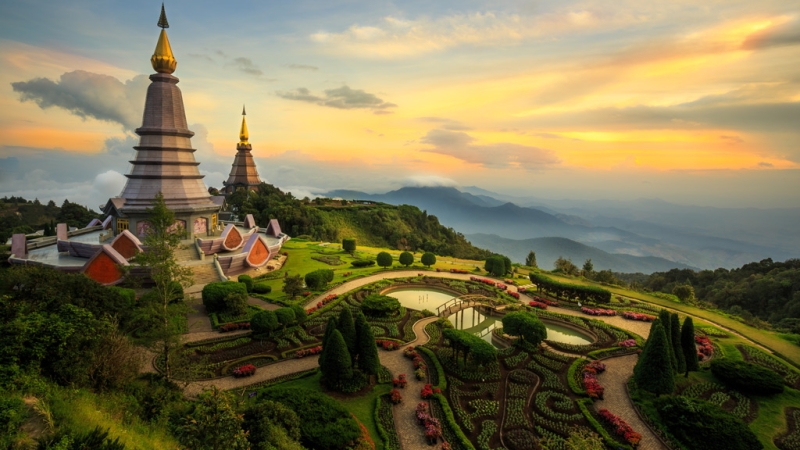
If Bangkok is the financial and tourist center of the country, then Chiang Mai is the cultural and intellectual center. There are more than 300 Buddhist temples here, the oldest of which date back to the 13th century. But the main thing that attracts tourists to Chiang Mai is not even the excellent examples of medieval Thai architecture, but the unique atmosphere, friendly and relaxed. People come here to see numerous ancient temples and stupas, admire the lush nature of northern Thailand and get acquainted with the customs of the small peoples of the country, in general, to fully experience the flavor of Southeast Asia in its least touristic manifestation.
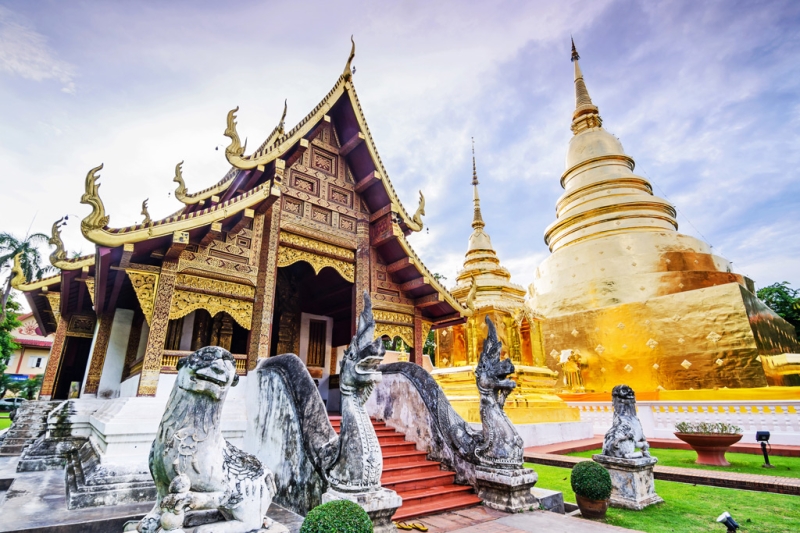
Independent tourists and backpackers like to come to Chiang Mai for the “winter”; fortunately, life here is much cheaper than in the south of Thailand, and the convenient location allows you to make short forays with excursions to neighboring Laos and Burma. The best way to explore the city is to rent a bicycle and leisurely ride around all the temples, markets and picturesque surroundings of the city. A free city map is issued in almost all hotels or guesthouses. And if you have limited time, try booking a guided tour of the city’s main attractions from one of the many travel agencies. The must-see places usually include Wat Phra Doi Suthep, Wat Phra Singh, Wat Chedi Luang, Wiang Kum Kam Old Town Ruins and Talat Warorot City Market.
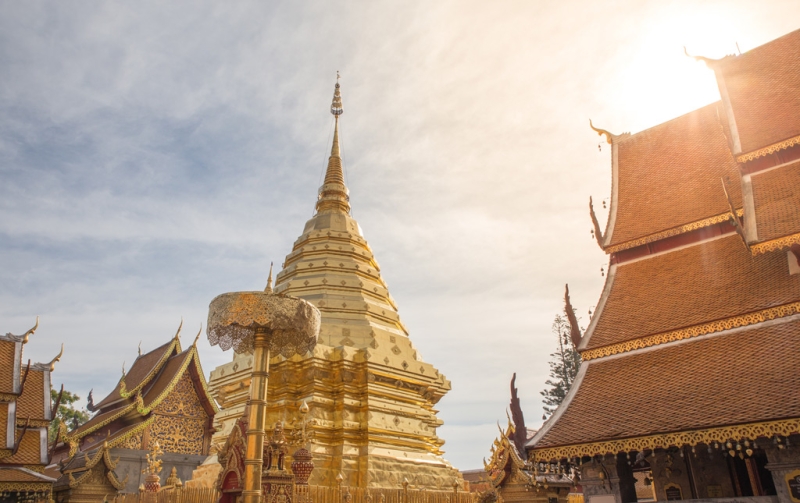
Wat Phra Doi Suthep is located 15 kilometers from the city on the top of a mountain 1600 meters high. The first stupa of the temple was founded in 1383 as a repository for a very important relic – a piece of Buddha’s bone. It is believed that the site for construction was indicated by a sacred white elephant; for this, the relics of the Enlightened One were placed on the animal’s back, and the elephant, after circling a little, brought them to the top of the mountain. The relic itself is kept in a huge golden stupa, surrounded by small altars with Buddha statues and four golden umbrellas. The ascent to the temple is equipped with a funicular and a staircase of 306 steps. The most convenient way to get from the city center to the foot of the hill is by songthaew (covered pickup truck, something like our minibus) from the zoo.
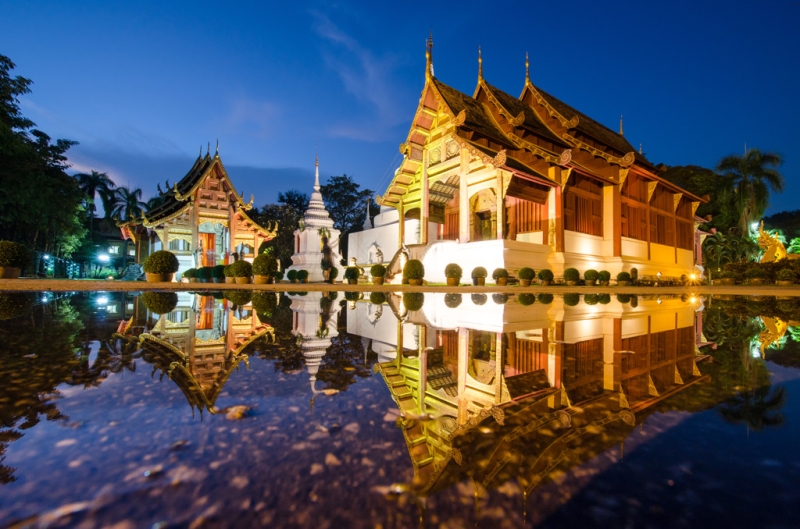
The oldest temple in Chiang Mai is Wat Phra Singh. Like many other Thai temples, it consists of several pavilions decorated with wall paintings and carvings. The temple is named after the sacred Buddha statue enshrined here, Phra Singh. According to local residents, it was brought to Chiang Mai from India via Sri Lanka in the mid-14th century.
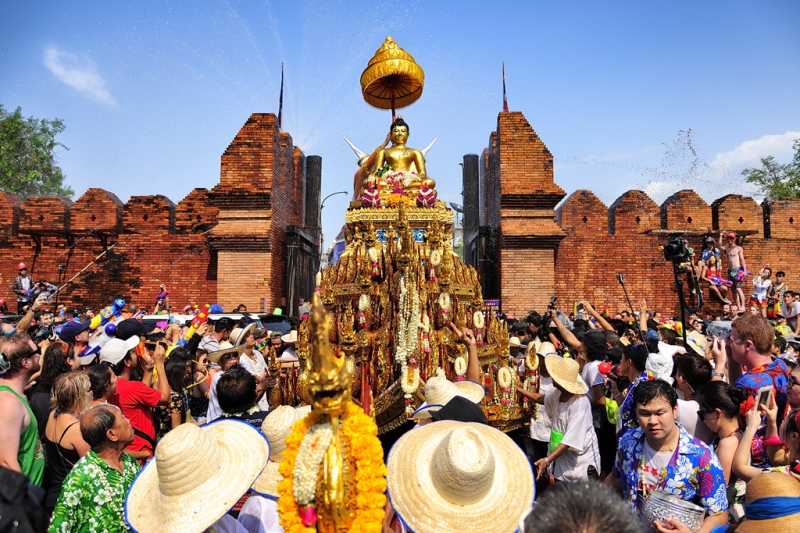
Every year during the Songkran (Thai New Year) festival, a colorful procession with the statue passes through the streets of the city, and believers pour water on the Buddha (and each other) as a sign of respect. Tourists really like to take part in this strange, but quite fun action, so we advise you to buy water pistols so that you have something to shoot with.
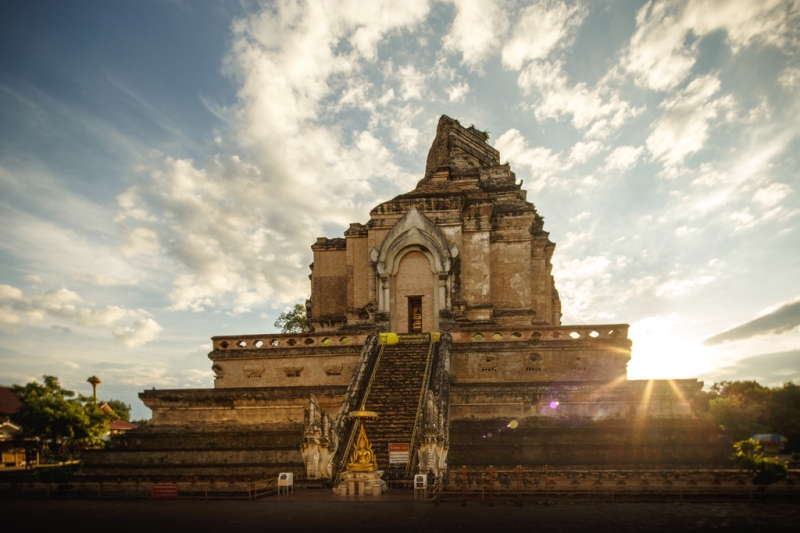
Wat Chedi Luang is strikingly different from other temples in Chiang Mai and is more of a picturesque ruin. The temple’s stupa, built in 1441, was once the tallest structure in Northern Thailand, but was badly damaged during an earthquake in the 16th century and the Thai-Burmese war in the 18th century. In the 1990s, the temple was saved from further destruction and partially restored as part of a joint program between UNESCO and the Government of Japan. Wat Chedi Luang is believed to be the original site of the famous Emerald Buddha statue. Today this statue is in the Bangkok Museum, and in a niche of the temple there is a replica donated by the king to the city in 1995.
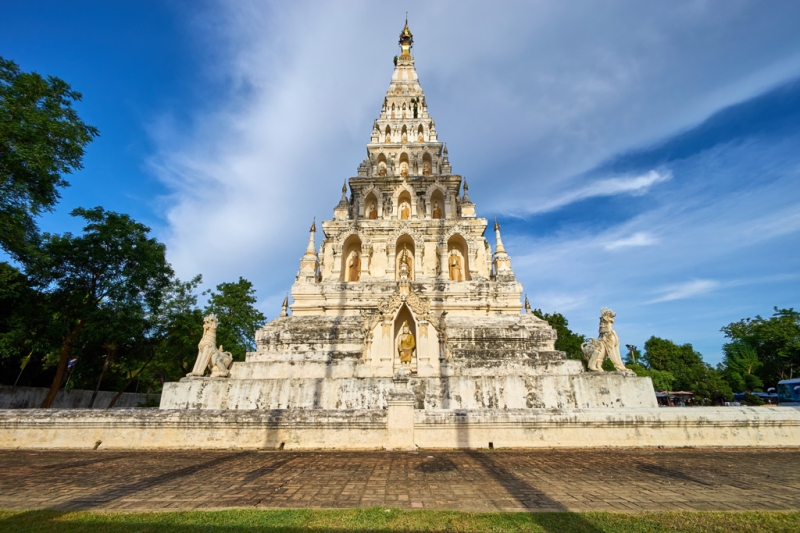
5 kilometers south of the center of Chiang Mai on the banks of the Ping River are the ruins of the ancient city of Wiang Kum Kam. This city was founded a little earlier than Chiang Mai, in 1288, on the site of an ancient settlement, and for several years served as the capital of the Lannathai Principality, which existed in Northern Thailand from the 13th to the 16th centuries. But the place to build the city was poorly chosen, and due to constant flooding, Viang Kum Kam was abandoned by people and abandoned in the 16th century. Gradually, the city disappeared under a layer of silt and dirt, and was not remembered for several centuries. Archaeologists discovered the ruins of Wiang Kum Kham only in 1984; since then, many ancient buildings and relics have been found on the territory of the ancient city, the oldest of which date back to the 8th century.
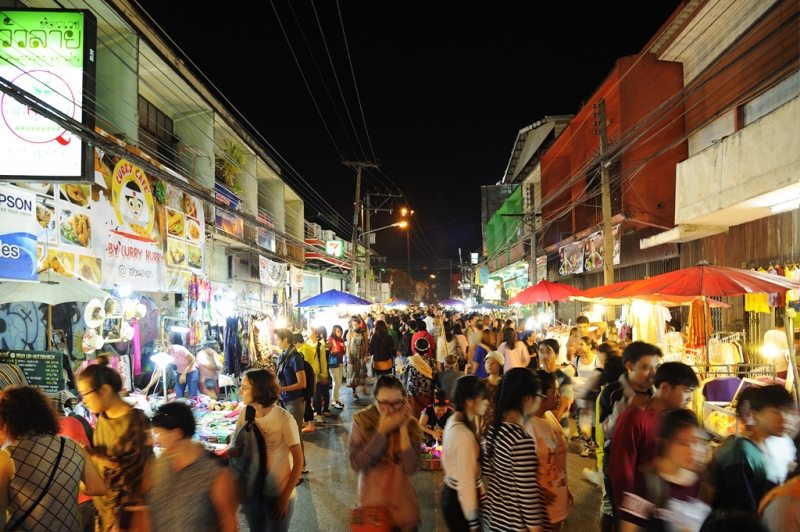
If you find yourself in the city on Sunday, be sure to visit the Chalat Warorot night market, one of the largest in all of Asia. The market completely occupies one of the central streets of the city and the adjacent alleys. Here you can buy anything from a variety of souvenirs – crafts and figurines made of teak wood and bamboo, jewelry, lacquer boxes – to dishes, toys, fishing tackle, woks and other Thai household items.
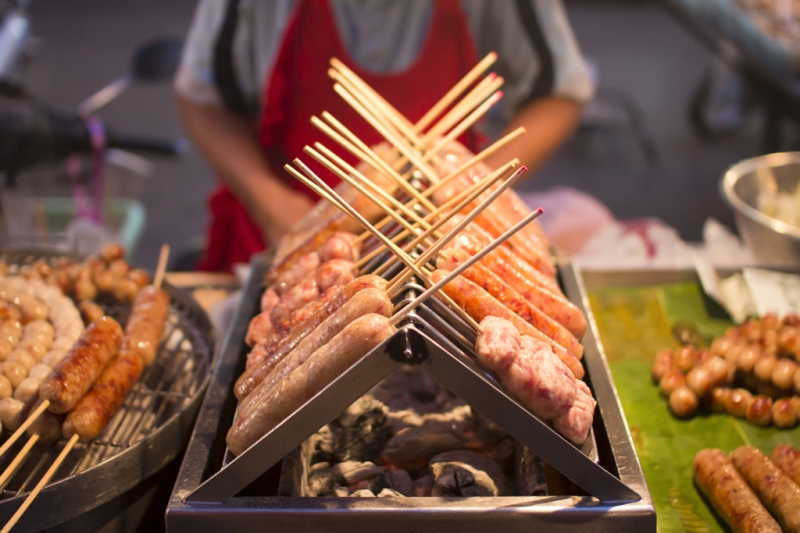
The market, of course, actively sells street food – baked mussels, grilled fish, freshly squeezed juices and pastries. Don’t miss the main Chinagmai delicacy – meat sausages with herbs.
The climate in Chiang Mai is quite humid and warm, but there is no sweltering heat like in Bangkok in the north of the country. During the warmest months of February, March and April, forest fires often occur and haze hangs over the city. Together with smog from burning natural waste (this is how local farmers prepare fields for sowing), they create a dense smoke screen, so it is not recommended to travel to Chiang Mai at this time.
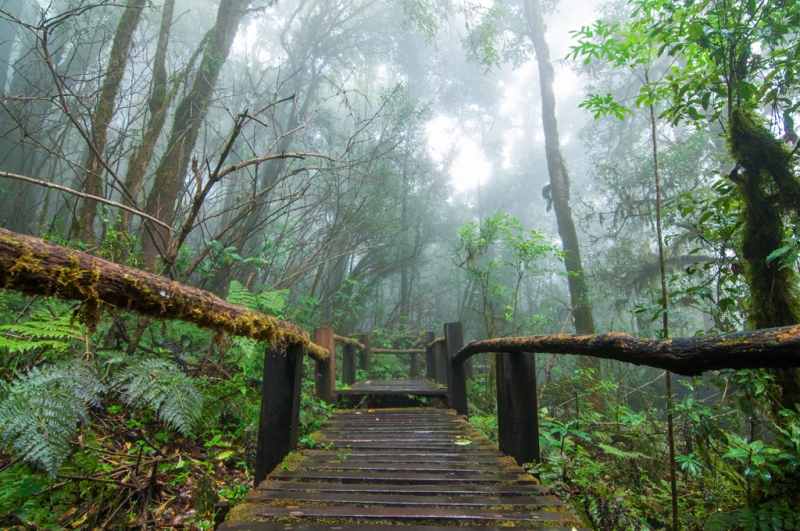
The best season to visit the city is from November to early February. But keep in mind that at night in winter it can be quite cool here, around +15. If you are going on a trekking tour through the jungle, take warmer clothes, in the mountains the temperature can drop to +5, but usually it is +10 – +15.
Average prices in Chiang Mai:
- lunch for one person in an inexpensive but good cafe – 69 rubles
- McDonald’s (Big Mac + potatoes + cola) – from 216 rubles
- the cost of one trip on public transport is 34 rubles
- 0.5 liter bottle of mineral water – from 10 rubles
- prices for a night in an inexpensive but pleasant hostel start from 500 rubles per night

